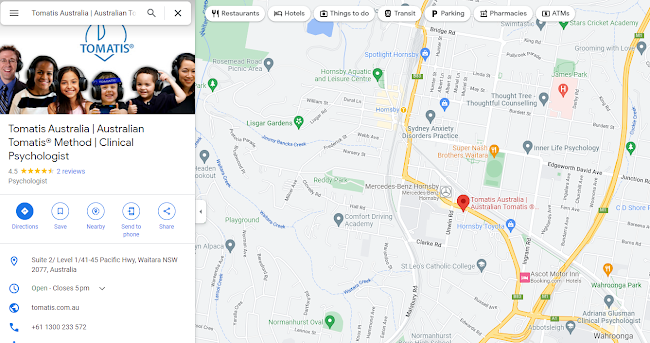Which Dyslexia Types Exist?

There are two forms of dyslexia in children, per one study. Learning to convert printed words into spoken language is one problem. The other problem is comprehension of what you read. Your youngster may need help pronouncing words correctly or comprehending what they read. It's also possible that both problems will affect your child. There are no recognized dyslexic subtypes. Some specialists, however, think that additional research should be done on four kinds. A child with phonological dyslexia finds it challenging to break words down into smaller units. They also find it difficult to relate written words to sounds. If your child has auditory or dysphonetic dyslexia, they may struggle with word decoding or sounding out words. If your youngster has surface dyslexia, he or she may struggle to recognize words when presented to them. As a result, your youngster can find it challenging to make, acquire, and recall words. Another name for it is visual dyslexia. If your child has a...


